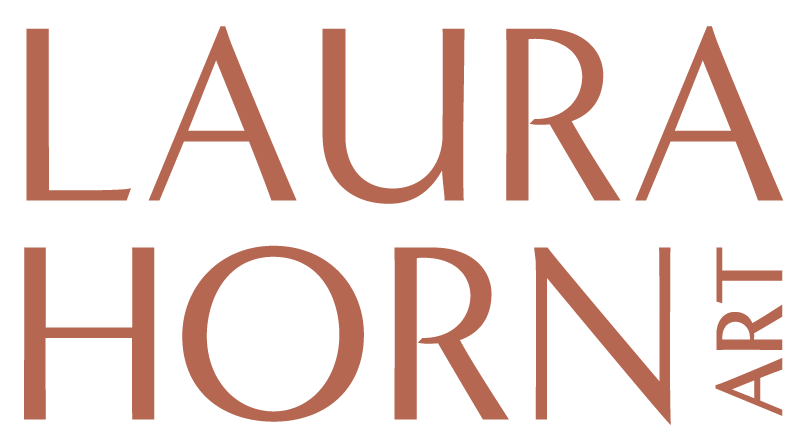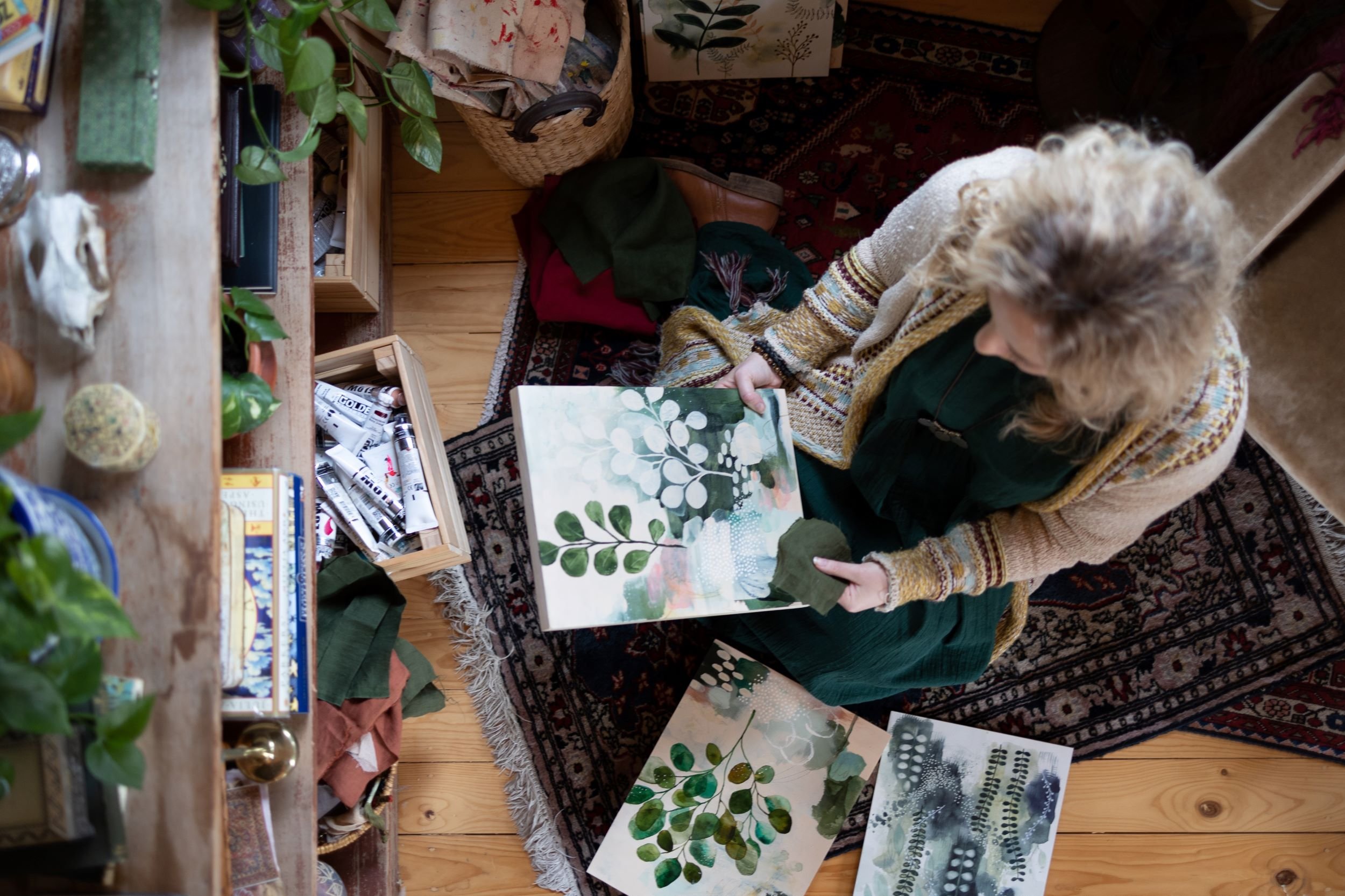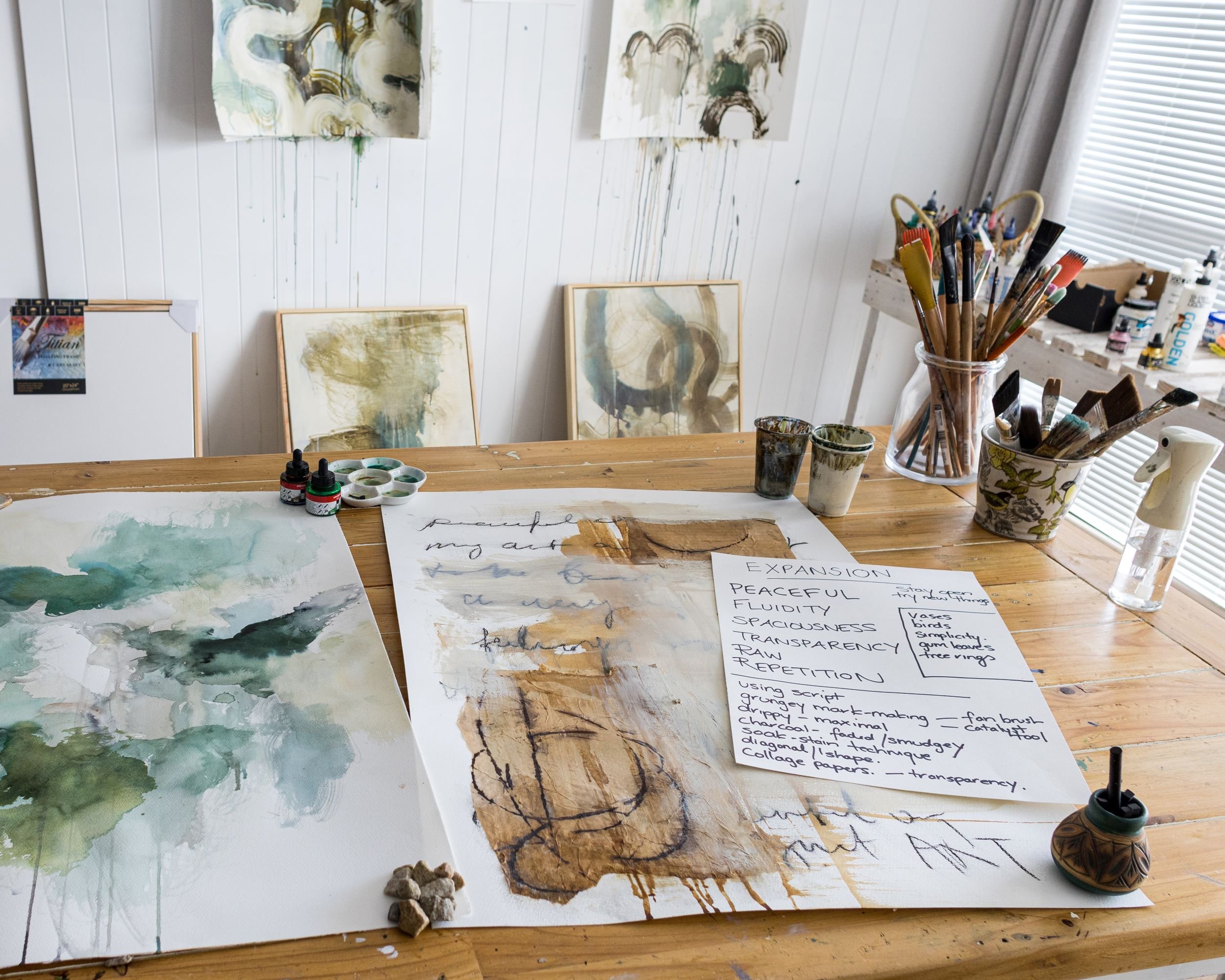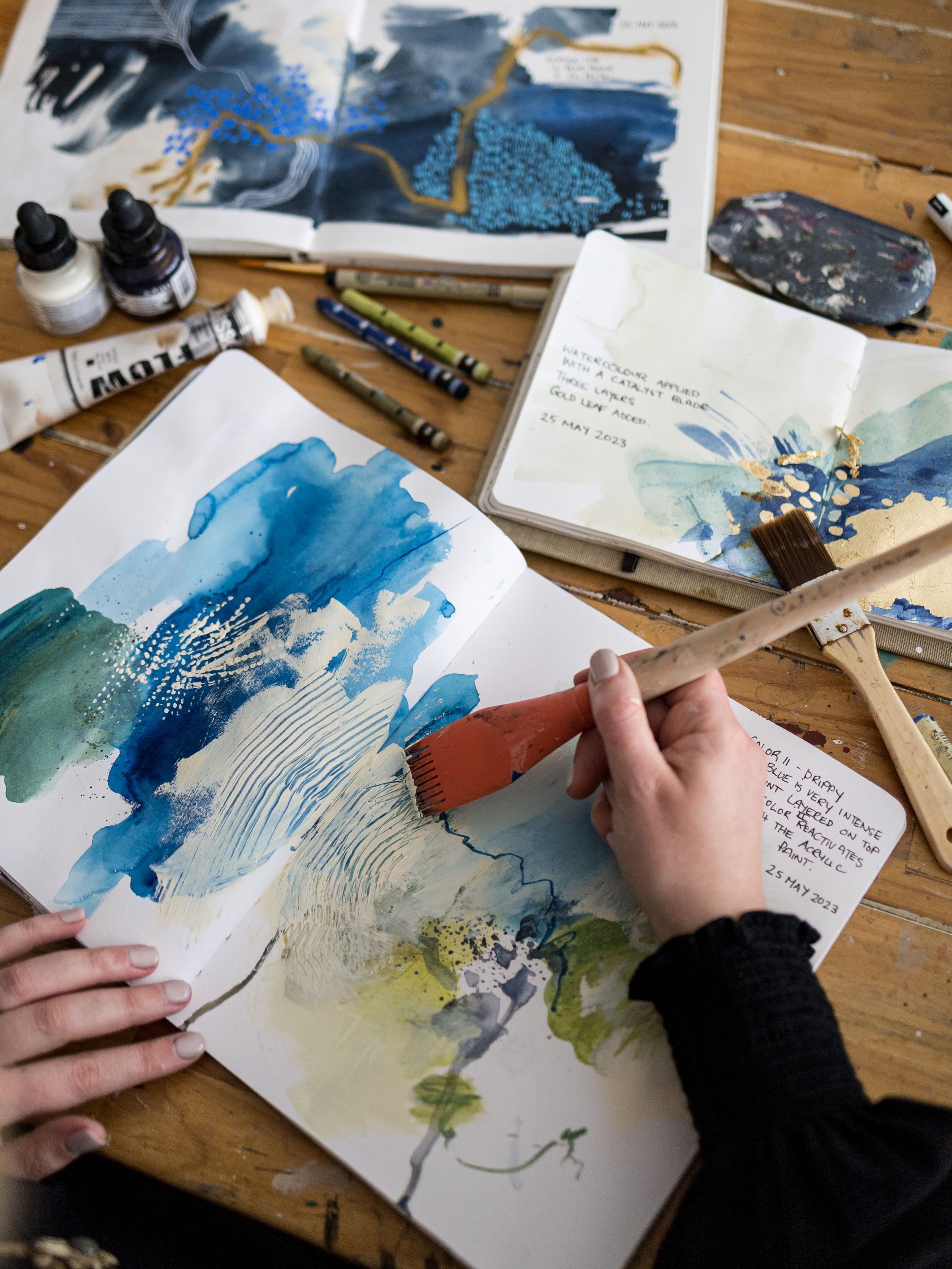My Best Tips for Discovering Your Unique Artistic Style
Trying to find your style as an artist is one thing, but doing that when you love many different things? That makes it seem impossible! Rest assured, you are not alone in this struggle. When you enjoy various mediums, styles, and ways of working, it can be hard to bring the focus back to you and what your view of art is. You might not even know what your view is, and that’s okay! Finding your art style is a journey.
Experimenting with different styles, subjects, and mediums is crucial for artists to develop their art voice, keep their work fresh and interesting, and to stay inspired over the long term.
Understand why you want a style
The first thing to think about is: what is your purpose? Are you creating art as a hobby, or do you want to sell your work? Or perhaps you are interested in teaching or licensing your art for products.
In some areas, such as teaching and licensing, it can be quite valuable to have some flexibility and diversity in your work, while if you are looking for gallery representation, a strong, recognisable style is desirable.
If you are making art purely for enjoyment, or just getting started, finding a style may not be a priority for you, and that is okay. It’s fun to follow your whims and try new things. I love this quote by podcast guest artist Inga Buive and often share it with my students:
“Don't think about style just yet. It is too much pressure. You will lose the enjoyable part of painting if you start thinking about style too early.”
Once you have been painting for a while, though, it is natural to want to put your unique stamp on your work, and if you want to turn your art into a business, it is essential. You want people to see your work and know it as your work. So how do you begin this process?
Start noticing what YOU enjoy
As you experiment, you will notice that there's a difference between the things that you love to see and the things that you actually enjoy making. Sometimes we see things on Instagram that look impressive, but when we try them out, they aren’t a good fit for the way we like to work or our personal circumstances.
For example, you might want to paint a big canvas, but you don’t have the space. Or the supplies are very expensive, the drying time is long, and you have young children coming in and interrupting you all the time.
Or you may love detailed, realistic paintings, but when you sit down to work that way, you end up feeling tight and restricted. Once you start making these observations, it becomes much easier to appreciate the work of other artists without feeling like you have to do it all.
And when you discover what you truly enjoy, you are on the right track. It won’t necessarily be easy, and you won’t enjoy every part of it or every day of painting, but it will be easier to consistently show up.
And that's the key to having a style—you've got to stick with it.
It is so important to be motivated by your passion and love more than money, trends, or things like that, because that’s what will keep you coming back.

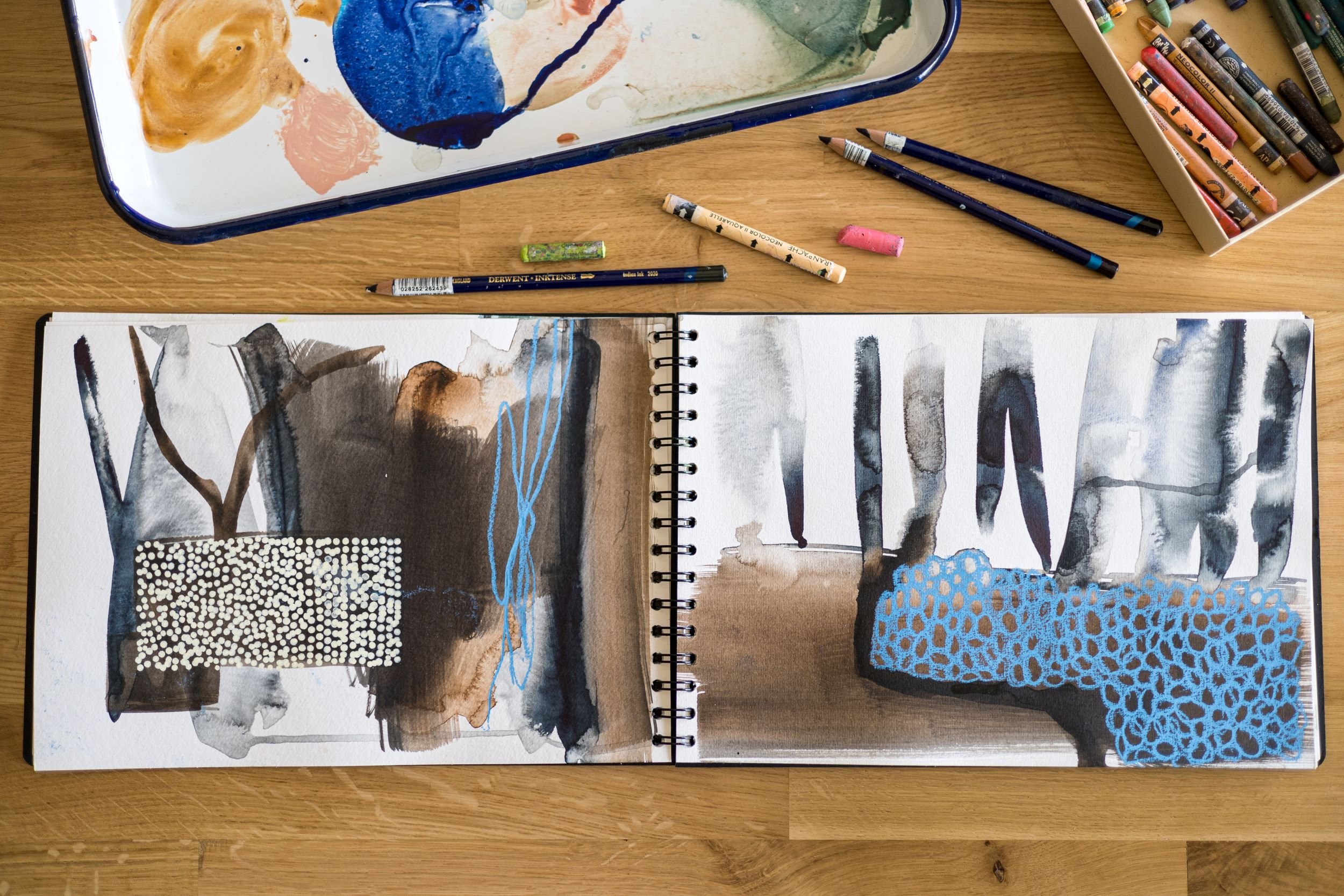




Sketchbooks are brilliant for exploring what you love and developing ideas.
Getting deliberate - and how other artists did just that
The next concept is all about getting deliberate, meaning you want to be intentional. By this point, you’ve tried many things and have ideas about what you love. How do you then turn that into a recognizable style?
Well, it starts with making a commitment to finding your style. If you put in a lot of work, your style will come through eventually, but it can take a long time. There are things you can do to make the process quicker and easier.
Let’s look at a few artists that have been guests on my podcast:
Amica Whincop actually set a time frame. She decided that she had six months to find her style, and if she didn’t have a definitive style at the end of the six months, she’d go back to teaching. Amica was extremely motivated to become a professional, full-time artist and knew that she needed to have a recognisable style to build up a collector base. She dove in with intention and a deep commitment to making it work. Some people might think that's a lot of pressure. But for some people, setting a deadline might be exactly what is needed.
Betty Franks (previously Betty Krause) started painting when she was 50. So if you are thinking that it’s too late to become an artist (or whatever creative you would want to be), it’s not! Betty decided that she wanted to be an abstract artist. There's that very intentional decision. She realized that she needed to remove the distractions, so she put away her full mixed media toolkit and only had the supplies that she needed to paint the paintings that she was imagining in her mind. So that's another thing that you can do—go into your art space and remove some of the distractions.
Julie Hamilton participated in the 100-day challenge to hone her style. Each time she did the challenge, she had a slightly different idea that she was working with. 100 days enables you to get to know a subject really well and discover what you like and don’t like. It’s also a way to bring focus without it feeling like it has to be for ever. Once you have completed the 100-day project, you’ll see things that can be applied to other subjects: the way that you hold your brush, the style of marks that you make, the colors that you use—this is your style emerging!
Three different approaches, but they all have one thing in common: each artist used a parameter or limitation to help them uncover their style.
Social media isn’t always helpful
Developing your art style requires dedication and many hours of practice. When you have that type of work ethic, it doesn't leave you much time for social media scrolling!
This is a good thing, as while social media is great for getting inspired, it can also be distracting. There comes a point where we need to switch off from outside influences and go within. We need to get the work done!
Taking a break from social media or limiting your social media time can be very helpful during this phase. You may want to use it for motivation and to hold yourself accountable, and this is fine. Just keep an eye on it to make sure that it is having a positive impact on your creative practice and you are not being overly influenced by other artists.
Your style is like a thread
Once you get to know the way that you use colours, marks, composition, shapes, and so on, you can tackle new subjects and your work will still be recognisable. This is the holy grail!
This is when you can enjoy all the things you love, but it still looks like your work. So be patient. Set yourself a parameter, work on it for a while, but know that you can eventually bring that style into other areas. And you can enjoy all those things that you love. I don’t know about you, but I plan on being creative for a very long time!!
Taking my love of fluidity in different directions.
So, what’s the final resolution here?
Back to our initial question: what do you do when you have too many things? Well, the number one thing to do is to keep loving.
Don't stop loving all those things. That’s what makes it good to be human and alive. Imagine a world where we didn't have all the different kinds of art, music, and things we could touch and experience. Weird, right? The main takeaways from this are to play, experiment, enjoy those things, and then take something and dig deep with it for a while. Then use what you learned to go and explore something else.
It is a continuous and ongoing journey. Your style is going to change; it's going to evolve. And that's wonderful; it's natural, and it's exactly what we want.
Still struggling to find your focus?
Take a deep breath. There is a lot of pressure out there to find your style, but it doesn’t have to be that way. Style development can be a fun and flexible process.
A process that delivers one of the biggest benefits of all time—getting to know and accept yourself and all your beautiful quirks and interests.
Here are some questions to get you started:
What are you interested in? Brainstorm and write a broad list, taking into account all your quirks and personal interests.
What have you created recently that you enjoyed making? Hint: It doesn’t have to be a painting. What was it about that creative project that was so enjoyable?
Name five artists that inspire you. What is it specifically about their art that you find appealing?
What can you imagine working on for at least 100 days without getting bored?
How could you make your work more personal? Is there a place, subject matter, technique, or material that has a sentimental meaning to you?
How do you want your paintings to feel? How do you want to feel while painting them?
If you are looking to go further with this process, check out my online class, Art Style Discovery.
Packed with practical tips and hands-on exercises, this is a relaxed approach to digging in deeper and making your most personal work yet!
